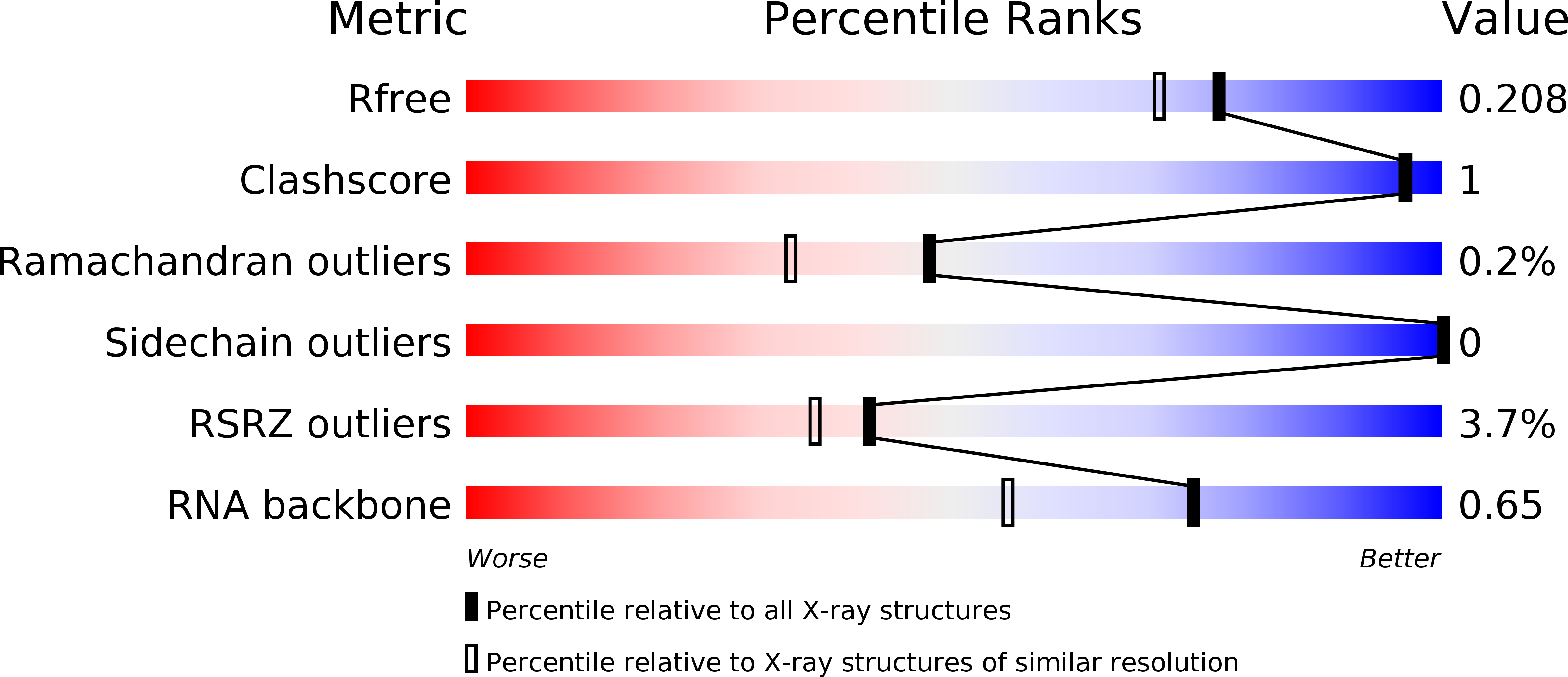
Deposition Date
2019-09-04
Release Date
2019-12-04
Last Version Date
2024-11-06
Entry Detail
PDB ID:
6U8D
Keywords:
Title:
Crystal structure of hepatitis C virus IRES junction IIIabc in complex with Fab HCV2
Biological Source:
Source Organism:
Homo sapiens (Taxon ID: 9606)
Hepacivirus C (Taxon ID: 11103)
Hepacivirus C (Taxon ID: 11103)
Host Organism:
Method Details:
Experimental Method:
Resolution:
1.81 Å
R-Value Free:
0.20
R-Value Work:
0.17
R-Value Observed:
0.17
Space Group:
C 1 2 1


